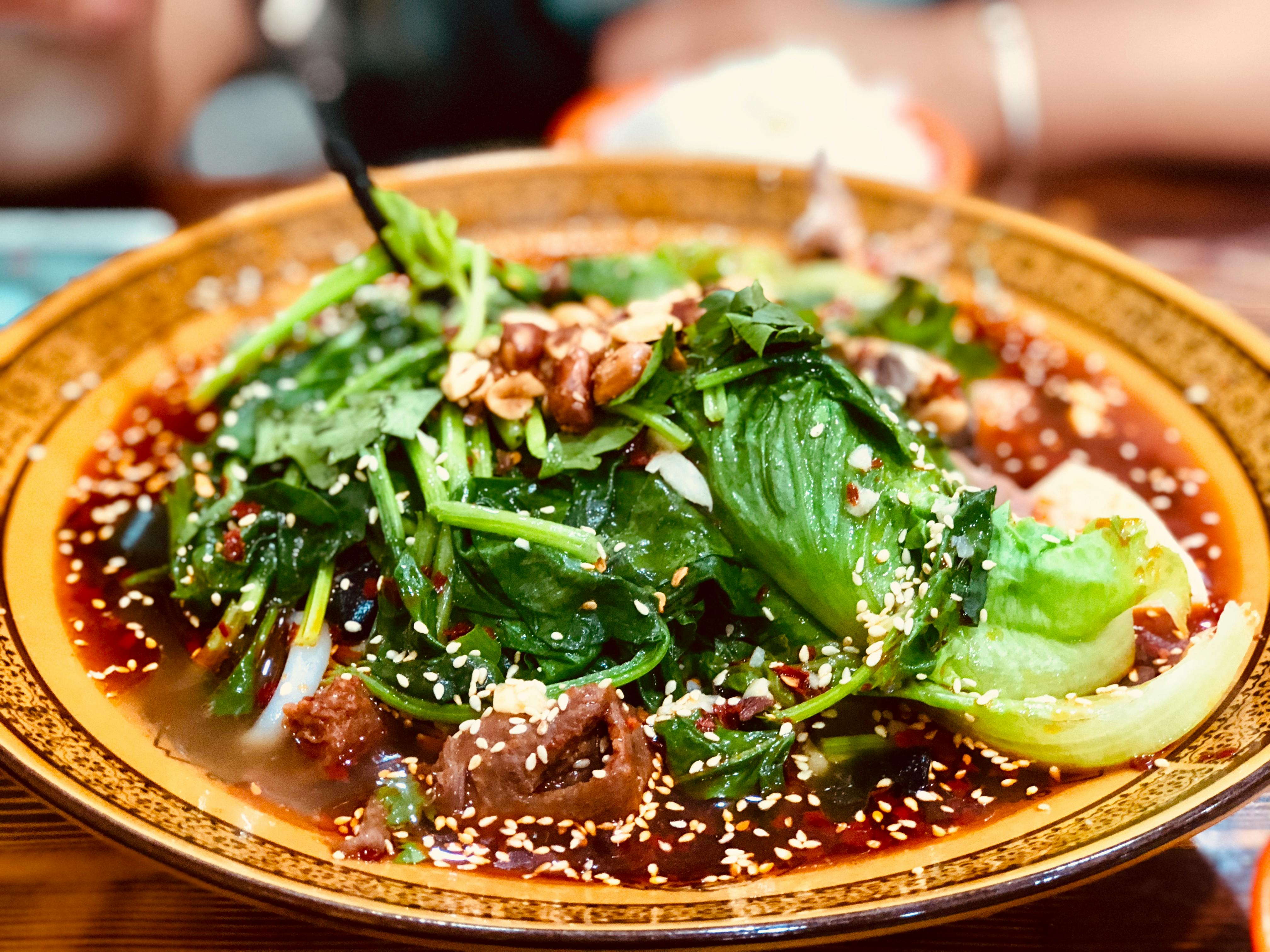A Journey into the Flavorful World of Vietnamese Cuisine
Welcome to an epicurean quest, delving into the aromatic, vibrant world of Vietnamese cuisine. Prepare to savor the subtle interplay of flavors, the delightful balance of spices, and the fresh ingredients that make Vietnamese food a culinary wonder. Vietnamese cuisine is a testament to the country's rich cultural heritage and diverse geography. From the bustling streets of Hanoi to the serene Mekong Delta, each region offers its unique culinary delights. The cuisine is characterized by a balance of sweet, sour, salty, and hot flavors, achieved through the use of nuoc mam (fish sauce), sugar, lime, and chili. Fresh herbs such as mint, basil, coriander, and lemongrass are used liberally, adding to the depth of flavor.

The Star of the Show: Pho
Arguably the most recognizable dish from Vietnam, Pho (pronounced “fuh”) is a comforting bowl of broth, rice noodles, and meat, usually beef or chicken. The broth, simmered for hours with bones, star anise, cinnamon, and other spices, is the heart of the dish. Each bowl is served with fresh herbs, bean sprouts, lime wedges, and chili, allowing diners to tailor their Pho to taste.
The Street Food Culture: A Gastronomic Adventure
Vietnamese street food is an integral part of the country’s food culture. Banh Mi, a Vietnamese sandwich, is a perfect fusion of the country’s French colonial past and traditional ingredients. Bursting with flavors, it’s a baguette filled with pâté, cucumber, pickled carrots and daikon, cilantro, and a choice of meat. Other street food favorites include Goi Cuon (fresh spring rolls), Banh Xeo (sizzling pancake), and Bun Cha (grilled pork with rice vermicelli).
The Art of Vietnamese Coffee
Vietnamese coffee is a unique culinary experience. Traditionally, it’s brewed in a small metal French drip filter called a phin. The coffee, strong and robust, is often enjoyed with sweetened condensed milk, a practice dating back to the French colonial period. As an innovative twist, Vietnamese Egg Coffee, a blend of coffee and sweet, frothy egg yolk, has gained global recognition.
The Sweet Side: Vietnamese Desserts
Vietnamese desserts, often made from rice, coconut milk, and tropical fruits, offer a refreshing end to a meal. Che is a dessert soup or pudding, coming in various flavors like mung bean, black sesame, and sweet corn. Banh Flan, the Vietnamese version of caramel custard, is another popular choice.
Vietnamese Cuisine: Quick Bites
- Vietnam’s national dish, Pho, was popularized by street vendors in the early 20th century.
- Vietnamese cuisine is known for its health benefits due to the use of fresh ingredients and minimal oil.
- Fish sauce, a staple in Vietnamese cooking, is often homemade and aged for a more nuanced flavor.
- Vietnamese coffee beans are primarily the robusta variety, which is stronger and higher in caffeine than the arabica beans commonly used in the West.
In conclusion, Vietnamese cuisine, with its vibrant flavors, diverse dishes, and fresh ingredients, is a gastronomic adventure waiting to be explored. The balance of flavors, innovative cooking techniques, and emphasis on freshness make it an exciting journey for any food enthusiast. Whether you’re savoring a bowl of Pho, biting into a Banh Mi, or sipping a cup of Vietnamese coffee, the delightful culinary traditions of Vietnam offer a unique and satisfying dining experience.




